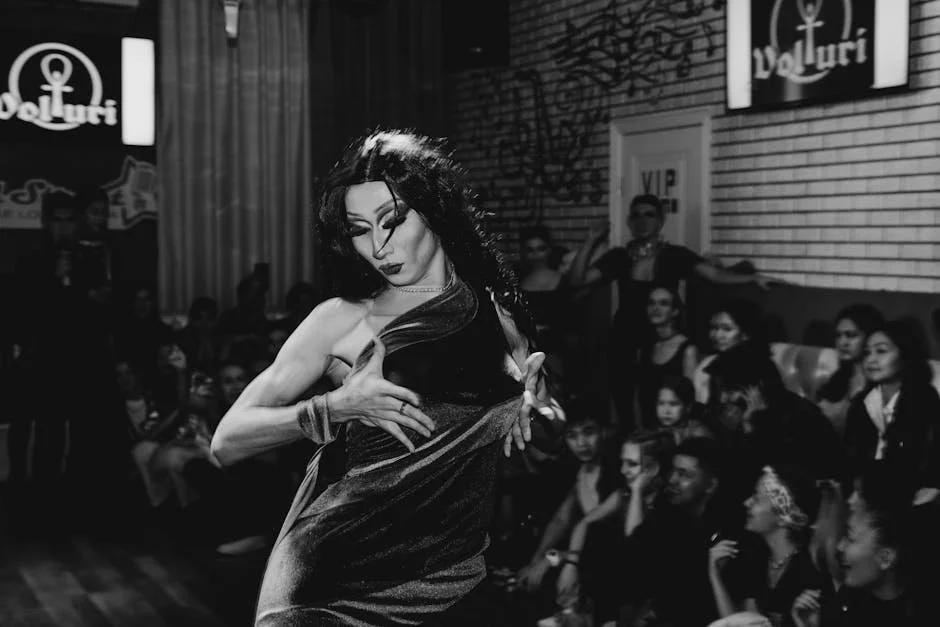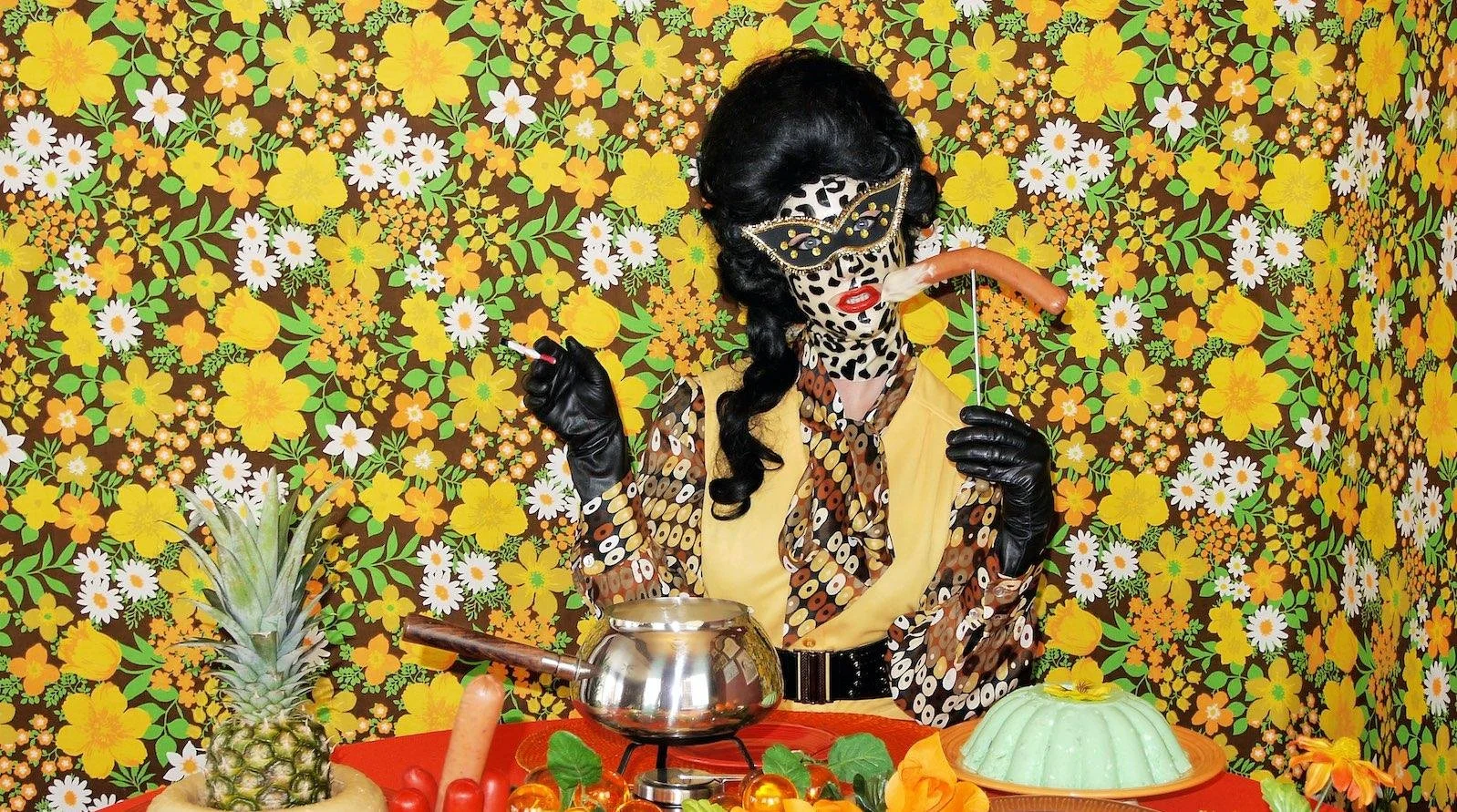Drag and Fine Art: The Collision of Two Art Forms
Exploring the Diverse Worlds of Drag and Fine Art
The worlds of drag queens and fine art might seem like parallel universes, each with its own set of customs, rules, and aesthetics. However, when these two creative realms collide, something magical happens. Drag queens, known for their flamboyant style and larger-than-life personas, bring a new dimension to the world of fine art. Their over-the-top looks, extravagant performances, and bold personalities challenge traditional artistic boundaries and redefine what it means to express oneself through art.
In the colorful and vibrant universe of drag, art takes on a whole new meaning. It's not just about brush strokes on a canvas or sculptures in a gallery; it's about self-expression, creativity, and pushing the limits of what is considered beautiful or artistic. The fusion of drag and fine art creates a space where individuality is celebrated, and boundaries are shattered, paving the way for new forms of artistic expression.
When drag queens infuse their performances with elements of fine art, the result is a mesmerizing blend of theatricality and aesthetic beauty. From intricate makeup techniques inspired by classic paintings to costume designs that pay homage to renowned artists, drag artists use their bodies as canvases to create living works of art. This dynamic interplay between drag and fine art enriches both worlds, adding layers of complexity and meaning to their respective expressions.
By exploring the diverse worlds of drag and fine art, we gain insight into the power of creativity and self-expression. Both art forms provide a platform for individuals to break free from societal norms, challenge conventions, and celebrate their uniqueness. In a world where conformity often reigns supreme, drag queens and fine artists stand out as beacons of authenticity, reminding us of the beauty that resides in embracing our true selves.
The Historical Influence of Drag on Fine Art
The historical connection between drag and fine art runs deep, dating back centuries to a time when gender-bending performances and flamboyant costumes were integral parts of artistic expression. In the Renaissance era, for example, artists like Leonardo da Vinci and Caravaggio drew inspiration from the theatricality and grandeur of drag performances, incorporating elements of gender fluidity and exaggerated aesthetics into their works.
During the 20th century, the avant-garde art movements embraced the subversive nature of drag culture, blurring the lines between performance art and traditional visual art. Artists like Marcel Duchamp, known for his groundbreaking works challenging conventional notions of art, drew parallels between the art of drag and the art of creation, viewing both as acts of rebellion against societal norms and artistic conventions. Duchamp's exploration of gender identity and role-playing through his alter ego, Rrose Sélavy, further exemplified his engagement with the transformative and expressive possibilities of drag within the realm of art.
The impact of drag on fine art can also be seen in the works of contemporary artists who draw inspiration from drag aesthetics and performance. From photography to painting, sculpture to video art, drag culture continues to influence the way artists explore themes of gender, identity, and representation in their work. This historical influence serves as a testament to the enduring power of drag to shape and redefine the artistic landscape.
Expressing Identity and Creativity Through Drag Artistry
At the heart of drag artistry lies a profound exploration of identity, gender, and self-expression. Drag queens use their art not only as a form of entertainment but also as a tool for challenging societal norms and expectations. Through their extravagant looks and performances, drag artists navigate complex terrain, questioning and redefining what it means to be male, female, or anything in between.
By embracing drag as a form of creative expression, individuals can explore facets of themselves that may have been previously hidden or suppressed. The transformative power of drag allows artists to embody different personas, experiment with diverse styles, and push the boundaries of gender representation. In a world where labels and categories often dictate how we should present ourselves, drag artistry offers a liberating space for self-discovery and authenticity.
In the colorful world of drag artistry, we are joyfully reminded of the ever-evolving and intricate nature of human identity. With their captivating presence and dazzling performances, drag queens inspire us to explore beyond traditional notions of gender, beauty, and creativity. In a world that sometimes tries to fit people into boxes, drag artistry boldly embraces the spectrum of human expression, showcasing a beautiful tapestry of individuality and boundless imagination.
Miss Meatface, Domestic Dame, 2016
Breaking Boundaries: The Intersection of Drag and Contemporary Art
In the realm of contemporary art, the intersection of drag culture and artistic practice has given rise to a new wave of creativity and innovation. Artists working at this intersection challenge traditional artistic mediums and techniques, pushing the boundaries of what is considered art. From performance art to multimedia installations, drag-influenced artists are redefining the way we think about artistic expression and representation.
The fusion of drag and contemporary art blurs the lines between high and low culture, bringing art out of traditional gallery spaces and into the streets, clubs, and underground scenes where drag thrives. This democratization of art not only makes it more accessible to diverse audiences but also challenges established power structures within the art world, paving the way for marginalized voices to be heard and celebrated.
By embracing the spirit of drag culture, contemporary artists are breaking free from the constraints of conventional artistic practice and embracing a more inclusive and diverse approach to creation. Through their innovative use of materials, themes, and presentation, these artists are reshaping the art world, creating spaces where creativity knows no bounds and where individuality is celebrated as the ultimate form of artistic expression.
Frock the Vote: Political, Ethical, and Moral Importance
Seeing drag and fine arts as equal is not just important from an artistic standpoint, but also holds significant political, ethical, and moral value. Embracing drag as a form of fine art challenges societal norms and opens up conversations about gender identity, performance, and self-expression. It promotes inclusivity and acceptance, breaking down barriers and stereotypes.
From a political perspective, recognizing drag as fine art emphasizes the importance of diversity and representation in the arts. It challenges systemic discrimination and encourages the celebration of all forms of creativity. This can lead to more inclusive policies and practices within the art world and society as a whole.
Ethically, viewing drag as equal to fine arts promotes empathy and understanding. It encourages individuals to engage with art forms that may be outside their comfort zone and to appreciate the unique perspectives and experiences that drag performers bring to their craft. This fosters a more compassionate and tolerant society where everyone's artistic expression is valued.
On a moral level, treating drag and fine arts as equals sends a powerful message of respect and equality. It acknowledges the talent and skill required in both forms of art and empowers artists to pursue their passions without fear of judgment or discrimination. By embracing diversity in the arts, we uphold the fundamental principle that everyone deserves the freedom to express themselves authentically and unapologetically.



